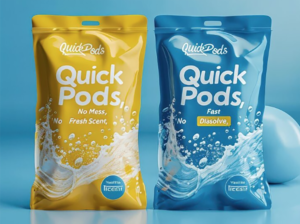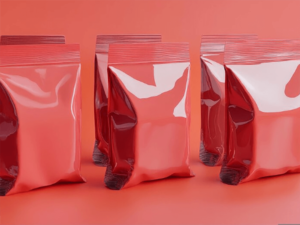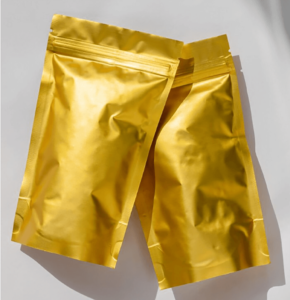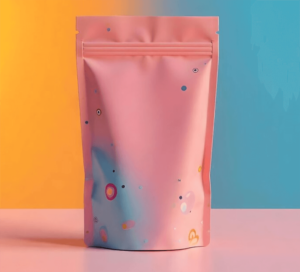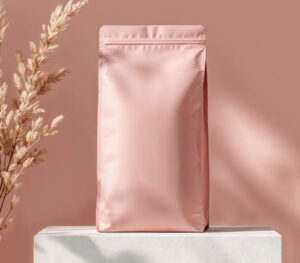Drink pouches have revolutionized beverage packaging, offering unparalleled convenience, portability, and reduced material usage compared to rigid containers. At the heart of their success lies the sophisticated engineering of their seals, which ensures product integrity and eliminates leakage issues. Modern drink pouch manufacturers employ cutting-edge technologies and rigorous quality control to create seals that withstand the rigors of production, transportation, and consumer handling, delivering beverages safely and mess-free. This article delves into the critical role of seal engineering and explores various facets of drink pouch innovation, from sustainable solutions and ergonomic design to advanced materials and optimized logistics.
How Creative Drink Pouch Packaging Drives Consumer Engagement and Brand Loyalty
In a competitive market, packaging is a brand’s silent salesperson. Creative drink pouch design is pivotal in capturing consumer attention, communicating brand values, and fostering loyalty. Beyond basic functionality, innovative shapes, vibrant graphics, and unique closures transform a simple pouch into a powerful marketing tool.
Brands leverage high-definition printing technologies to create eye-catching visuals that stand out on crowded shelves. Matte or gloss finishes, metallic accents, and tactile textures can add a premium feel, inviting consumers to engage with the product. Interactive elements, like peel-and-reveal labels or QR codes linking to augmented reality experiences, can deepen brand connection. For example, children’s drink pouches often feature beloved characters and bright colors, making them more appealing to young consumers and their parents. The convenience of a resealable spout, coupled with an attractive design, builds a positive brand experience, encouraging repeat purchases and word-of-mouth recommendations.
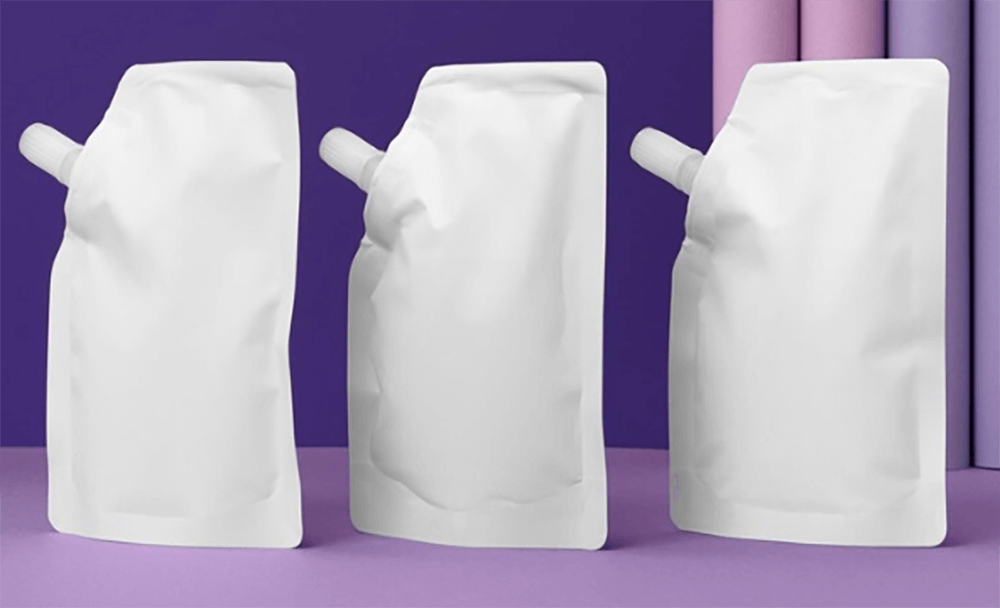
Biodegradable and Recyclable Drink Pouches: Market Trends and Consumer Acceptance
The growing demand for sustainable packaging is profoundly impacting the drink pouch market. Brands are increasingly investing in eco-friendly solutions to meet consumer expectations and regulatory requirements.
The primary focus is on mono-material pouches, typically made entirely from polyethylene (PE) or polypropylene (PP). These single-polymer structures are easier to recycle in existing facilities, reducing the complexity of separating different plastic layers. While perfect recyclability for all flexible packaging is still a work in progress, this move significantly improves the pouch’s end-of-life profile.
Another frontier is compostable and biodegradable pouches, often derived from plant-based materials like PLA (polylactic acid) or PHA (polyhydroxyalkanoates). These options offer the promise of natural decomposition, returning to the earth without leaving microplastic residues. However, their widespread adoption hinges on the development of robust industrial composting infrastructure and clear labeling to guide consumer disposal. Consumer acceptance is high for genuinely sustainable options, driving brands to invest in certifications (e.g., BPI certification for compostability) and transparent communication about their environmental efforts.
Temperature-Specific Drink Pouches: Solutions for Hot, Cold, and Frozen Beverages
Drink pouches are not limited to ambient-temperature beverages; specialized designs allow them to safely contain hot, cold, and even frozen products, expanding their application versatility.
For hot-fill or retortable beverages (e.g., ready-to-drink coffee, soups, sauces), pouches require advanced multi-layer laminates that can withstand high temperatures without delaminating or compromising barrier properties. Materials like retort-grade polypropylene (RCPP) as the sealant layer, combined with aluminum foil or high-barrier transparent films, ensure product safety and extended shelf life even at elevated temperatures during processing.
Cold beverages, like juices, smoothies, and dairy drinks, benefit from pouches that maintain excellent barrier properties at refrigerated temperatures, preventing oxidation and preserving freshness. Materials like PET/PE or metallized films are common.
Frozen beverages, such as slushies or ice pops, demand pouches with exceptional low-temperature flexibility and puncture resistance. Specialized PE films that remain pliable and resist cracking at sub-zero temperatures are crucial, preventing leakage during freezing, thawing, and handling. The seal integrity must also remain robust across significant temperature fluctuations.
Point-of-Sale Performance: How Drink Pouch Design Influences Purchase Decisions
In the competitive retail environment, a drink pouch’s design profoundly impacts its point-of-sale performance, influencing whether it gets picked off the shelf.
Visual impact is paramount. Vibrant, high-quality graphics and unique pouch shapes capture attention. Stand-up pouches (SUPs), with their stable base and ample surface area for branding, offer excellent shelf visibility. The clarity of product information—flavor, benefits, and branding—must be instant.
Perceived convenience also plays a huge role. Consumers subconsciously assess how easy a pouch will be to open, dispense from, and reseal. An intuitive spout design, a clear tear notch, or an appealing cap can convey this ease. For children’s drinks, features like anti-choke caps provide reassurance to parents. The overall “hand-feel” of the pouch, its texture, and ergonomic shape can also contribute to a premium perception. Ultimately, a well-designed pouch acts as an immediate promise of a superior product and consumption experience, directly translating into purchase decisions.
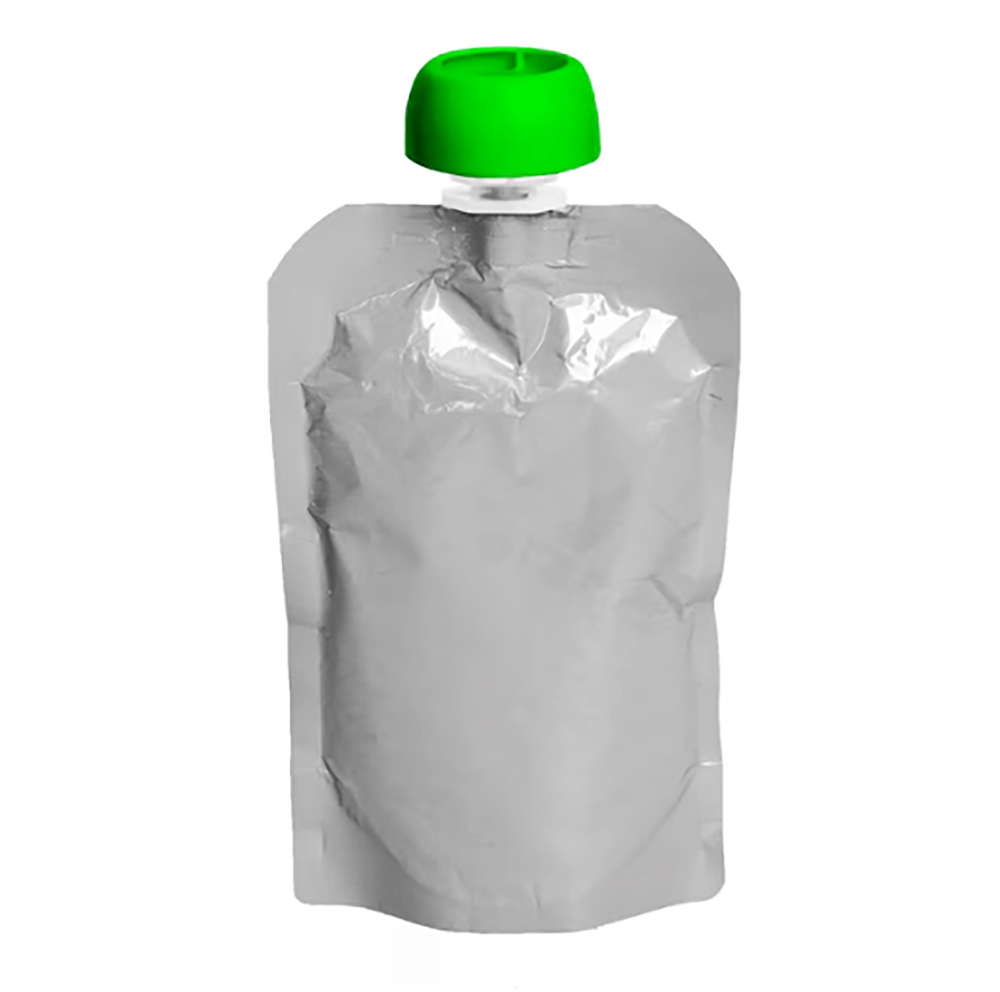
Advanced Printing Technologies for Drink Pouches: Options, Quality, and Brand Impact
The visual appeal of a drink pouch is paramount for standing out on the shelf. Advanced printing technologies offer diverse options, high-quality reproduction, and significant brand impact.
-
Flexography (Flexo):
- Method: Uses flexible relief plates and fast-drying inks transferred directly to the film.
- Pros: Most common and cost-effective for large-volume runs. Capable of high speeds and good quality.
- Cons: Higher setup costs for plates, less flexible for design changes compared to digital. Color matching can be challenging for very specific brand colors.
- Impact: Ideal for established brands with consistent, large-volume product lines.
-
Rotogravure (Gravure):
- Method: Uses engraved metal cylinders where the image is recessed. Ink fills the recessed cells, and is then transferred to the film.
- Pros: Excellent print quality, sharp images, vibrant colors, and smooth gradations. Highly durable cylinders for extremely long runs.
- Cons: Very high initial setup costs for engraved cylinders, making it uneconomical for small batches or frequent design changes.
- Impact: Premium brands seeking the absolute highest print quality and consistency for very large volumes.
-
Digital Printing:
- Method: Uses digital files directly (like an inkjet printer), eliminating the need for plates or cylinders.
- Pros: Highly flexible for small to medium runs, rapid prototyping, personalization, and variable data printing (e.g., unique QR codes, limited editions). No plate costs.
- Cons: Slower speeds and potentially higher cost per unit for very large volumes compared to flexo or gravure. Print quality is continuously improving but may not yet match gravure for all applications.
- Impact: Perfect for startups, seasonal promotions, product launches, or brands requiring high customization and agility.
In summary, our company is dedicated to solving all the challenges our clients may encounter in the production, transportation, and sale of beverage pouches, while also offering forward-thinking advice. From ensuring perfect seal integrity and utilizing sustainable materials and ergonomic designs, to adapting to extreme temperature challenges and leveraging advanced printing techniques to enhance brand appeal, we are committed to providing comprehensive solutions. We understand that a successful beverage pouch must not only safely contain the product, but also serve as a bridge for effective communication between the brand and consumers, ultimately helping our clients achieve market success and sustained growth.

